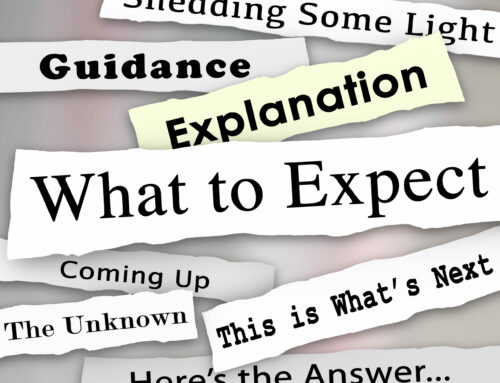Assignment 2 – Update
So the results are in for Assignment 2. The marking of this was quicker than Assignment 1 and I was surprised to get the results back 3 weeks after submission. I passed with grades of B, C, B, B and a mark of 54. I have to admit once again to being disappointed in the mark and would love to see what the CII are looking for to get a substantially higher grade. I’m very glad I didn’t submit my 1st attempt at this assignment as having been disappointed with the grade I did eventually receive, I know that the first version would have been a fail.
One area I knew I needed to improve from the grades in Assignment 1 was the referencing, as the 10 different sources referenced in that assignment only achieved a grade of C. In this assignment I referenced 26 sources which bumped me up to a B.
Assignment 3 – Approach
I was a bit nervous starting this Assignment 3 as it would appear to be the one that many people stumble with first time round…or even second!
My Assignment 3 was to Recommend and justify how the couple in the case study should use their savings, investments and pensions to generate a sustainable, tax-efficient income of £XX,XXX (net) per annum throughout their retirement.
I firstly looked at the structure of both the CII and the Expert Pensions exemplars and noticed that they both did not only focus on the main assignment question being asked, but covered all objectives for the clients, so this became my starting point.
In putting together this assignment, I knew that if I just stated what I was recommending, this would not be enough for a pass. I also knew not to over rely on the cashflow analysis as this has been an issue for some who have failed this assignment 1st time round.
I kept in my head that to achieve the marks I needed, after everything I wrote I asked myself ‘Why am I recommending this? / Why is this suitable?’; ‘How does it fit with their objectives?’ Here I was specific by stating that I was recommending ‘X’ because they said they wanted ‘Y’ and used their words to back this up;
‘What are the strengths and weaknesses?’ If there were disadvantages I highlighted these but explained why I still thought this was the best course of action; ‘How (if at all) does this help or improve their tax position?’; ‘How do I justify taking this action?’…in other words an analysis of, and reasons why for, my recommendations.
I think that by doing this, my recommendations were more focused and thorough and were linked directly and specifically to the couple. As well as that, I made sure (where appropriate) to add calculations to back up my recommendations and strategies and show the benefits to the couple. No word count was used for these calculations but I think they are vital.
Cashflow Analysis
When I’d done this, it then came to the cashflow analysis – I made sure to show how my recommendations would meet the client’s circumstances as they stand and with no major changes to market conditions. I then stressed tested them with 5 different variables to show that should any of these circumstances occur, the couple’s objectives could still be met.
This used up very little word count, but I thought really added weight and benefit to my recommendations.
Fingers Crossed 🤞
After a bit of tinkering with my finished assignment to bring the word count down, a couple of nights sleeping on it, making adjustments the following day and one last re-read, I think it’s now ready for submission.
I feel that I have been through a real learning journey with this exam and have started to think differently when it comes to critical analysis and what that actually means…I just hope the examiner does too!!
Once again, let’s hope it’s fingers crossed for the last time and I make it over those exam goal posts!
How can we help?
What is critical analysis and critical evaluation and what does it mean when it comes to exam technique? The ability to critically evaluate (sometimes called critically analyse or review) is an essential skill in your studies, your workplace and life in general. We can help and support you by providing the steps needed to approach each assignment with these particular skills in mind. Showing you examples of how to:
- Critically analyse or evaluate : (i) break something down into its component parts; (ii) provide your opinion on each part by asking the right type of analytical questions; and (iii) support your opinions with evidence.
When you write your assignment, make sure that you don’t simply describe what you are recommending. You will get more marks for clearly providing your recommendation, evaluate it and support it.
[Click here for our AF8 Study Package]





